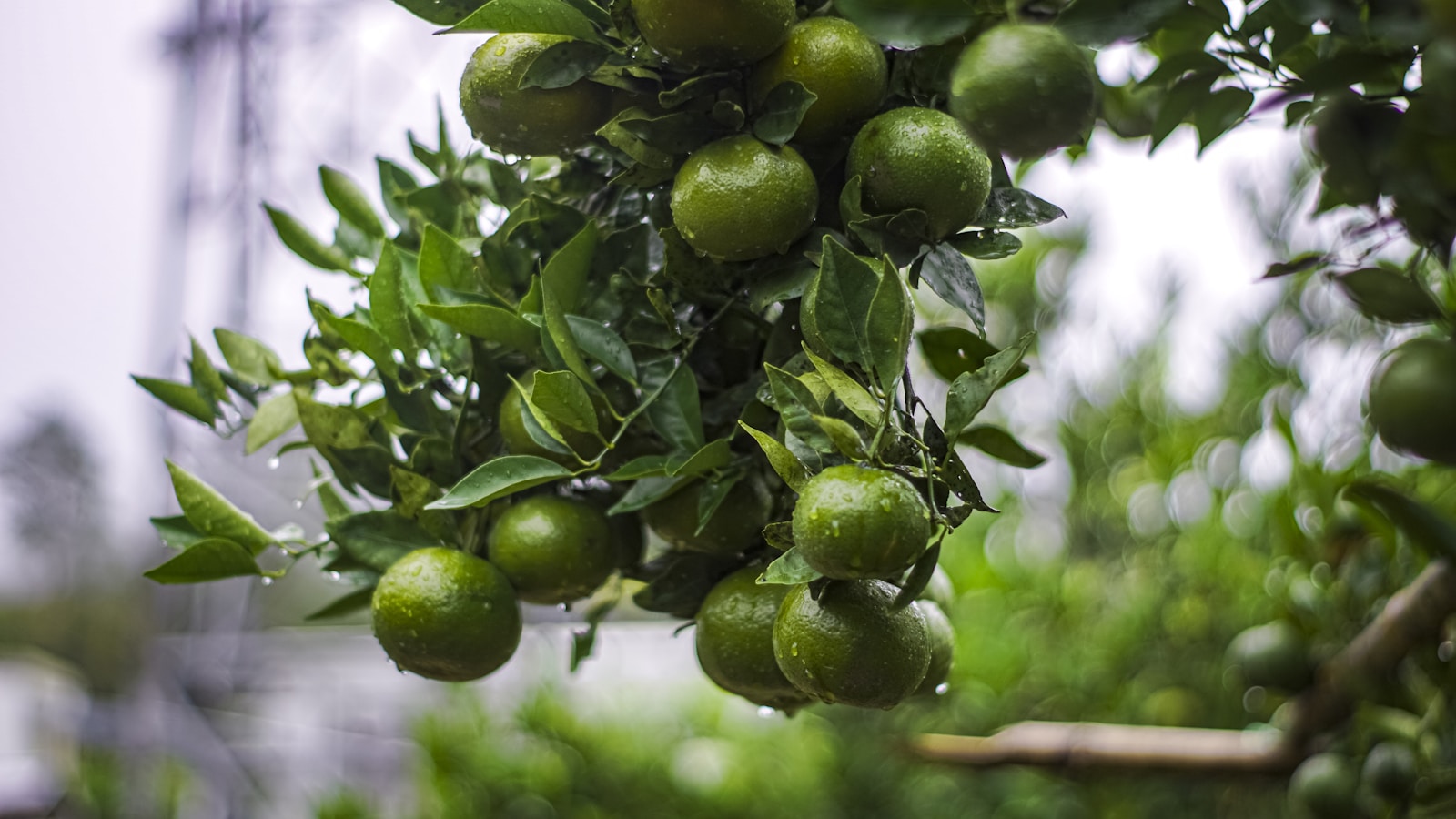
切片
qiē piàn

slice
The Chinese term '切片' mirrors that of 'slice' in English and is often used to describe the act of slicing something into multiple parts or a part cut off from a whole. It is most commonly used in the context of food preparation or computer programming to represent a subarray.
Example sentences using: 切片
切片是做饭的一个重要步骤。
Qiēpiàn shì zuò fàn de yīgè zhòngyào bùzhòu.

Slicing is an important step in cooking.
Here, '切片' represents an important procedure in cooking process.
我想从这个大的苹果中切片。
Wǒ xiǎng cóng zhège dà de píngguǒ zhōng qiēpiàn.

I want to slice from this big apple.
In this sentence, the word '切片' is used as a verb, indicating the action of slicing an apple.
他正在面包上切片。
Tā zhèngzài miànbāo shàng qiēpiàn.

He is slicing on the bread.
In this context, '切片' is also used as a verb referring to the process of slicing bread.
我们需要把这个西瓜切片。
Wǒmen xūyào bǎ zhège xīguā qiēpiàn.

We need to slice this watermelon.
Here, '切片' is a verb indicating the action of slicing a watermelon.
在这次派对上,她负责切片。
Zài zhè cì pàiduì shàng, tā fùzé qiēpiàn.

She is in charge of slicing at this party.
In this sentence '切片' is referring to the task of slicing food for the party.
为了制作沙拉,我需要把这个黄瓜切片。
Wèile zhìzuò shālā, wǒ xūyào bǎ zhège huángguā qiēpiàn.

In order to make salad, I need to slice this cucumber.
In this context, '切片' is utilized as an action in the process of making salad.
她正在给她的学生演示如何切片。
Tā zhèngzài gěi tā de xuéshēng yǎnshì rúhé qiēpiàn.

She is demonstrating to her students how to slice.
In this sentence, '切片' is a verb referring to the action of slicing which the teacher is demonstrating.
切片需要用到尖利的刀。
Qiēpiàn xūyào yòng dào jiānlì de dāo.

Slicing requires a sharp knife.
In this case, '切片' denotes the action of slicing which requires a sharp knife.
他把番茄切片放在面包上。
Tā bǎ fānqié qiēpiàn fàng zài miànbāo shàng.

He slices the tomato and puts it on the bread.
In this example, '切片' is used as a verb indicating the action of slicing a tomato.
这个烘焙店的切片面包非常好吃。
Zhège hōngbèi diàn de qiēpiàn miànbāo fēicháng hào chī.

The sliced bread from this bakery is very delicious.
In this context, '切片' used as an adjective to describe bread which has been sliced.